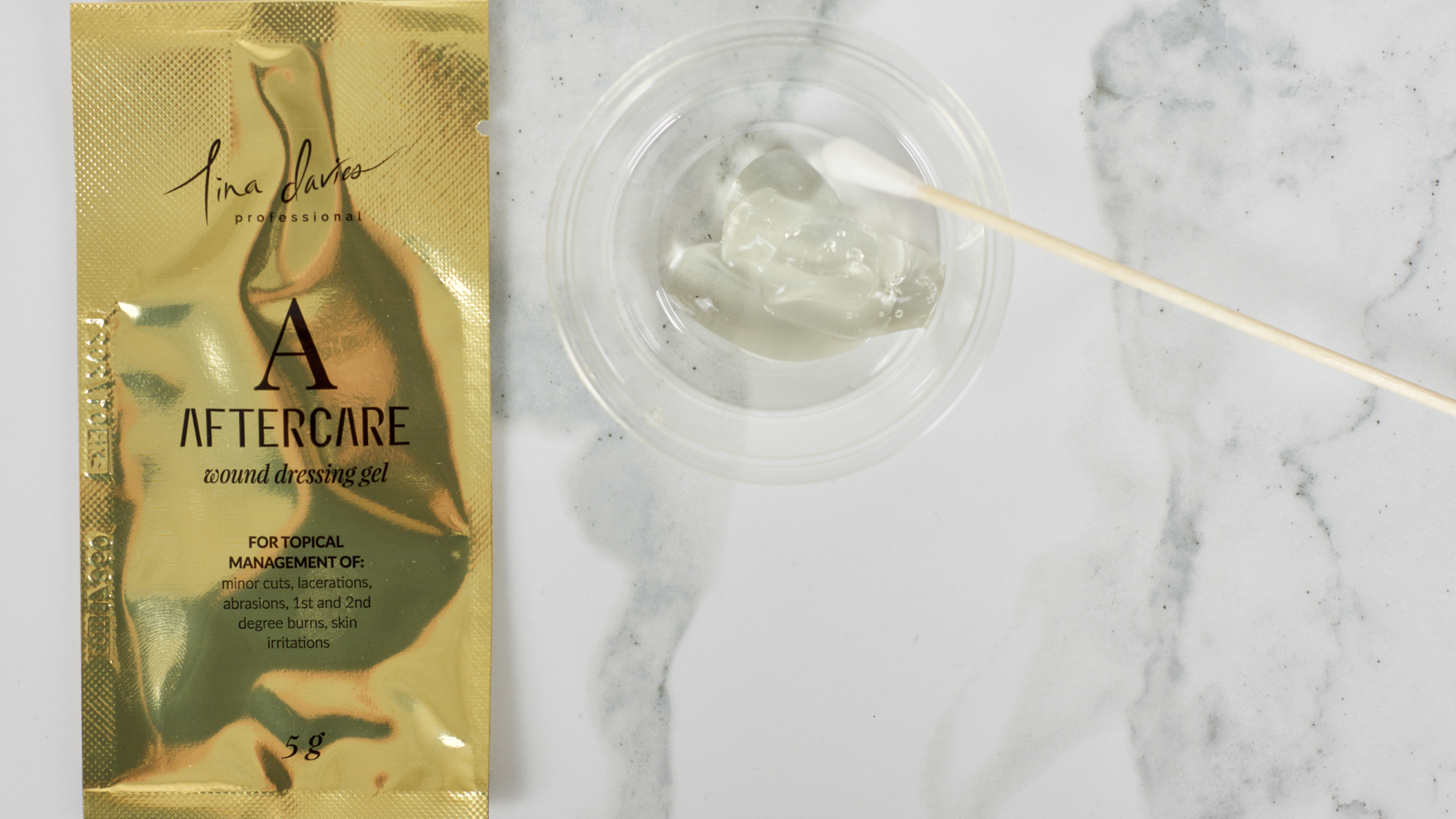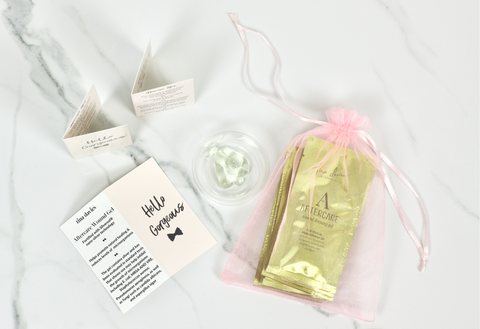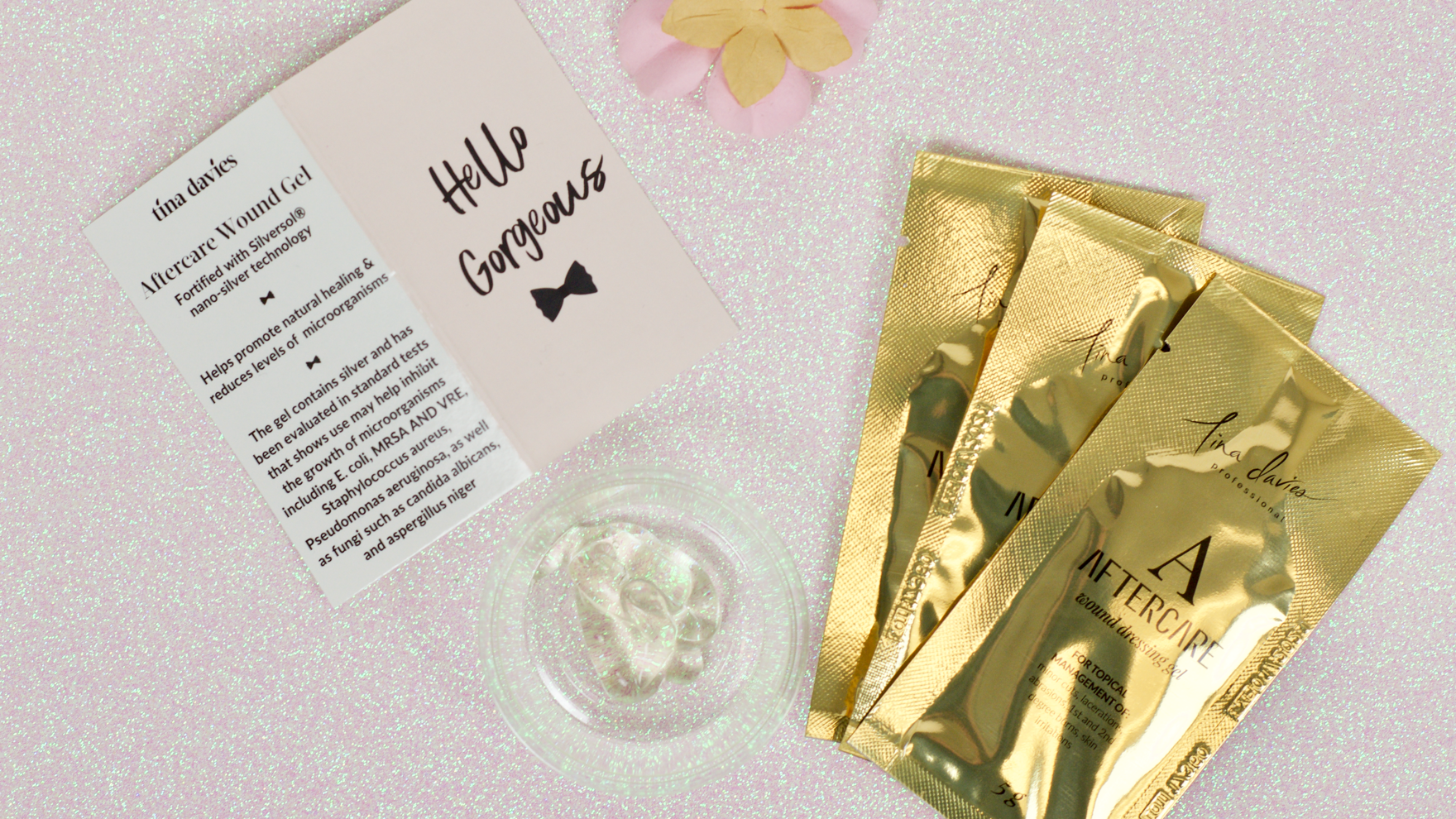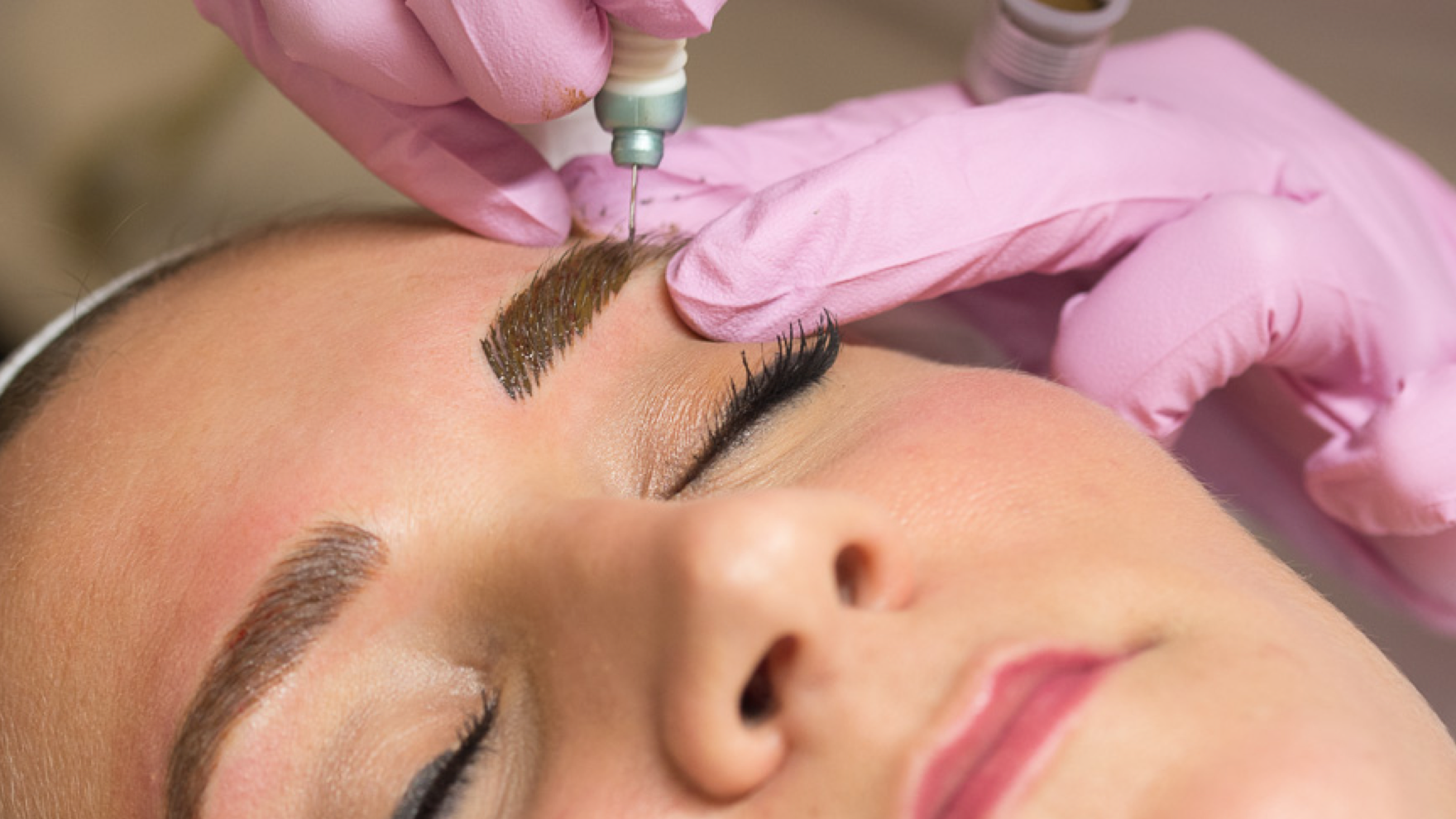
Wet V.S. Dry healing
The question of wet vs. dry healing has been a huge topic of conversation in the PMU community for a long time, and a bit of a controversial topic at that. Short courses do not have enough time to fully cover methods of healing and their respective pro and cons, including what methods will contribute to the best healed results. What ends up happening is artists and trainers pass along a lot of misinformation, and as a result, artists end up experimenting with various approaches and products without proper direction. This can be incredibly frustrating for the artists, and even more frustrating for the clients who are going through the healing process. Proper healing is a crucial aspect of your client’s microblading results, and I want to clear up the grey areas once and for all.

We asked experts to help us answer this question so that we could put an end to the confusion once and for all. Because it’s so important that the skin heals as safely as possible, you want to make sure that you, as an artist, are recommending the best healing method for your client.
You need to treat the area with the absolute care that you would treat any other type of tattoo, and even with a little bit of extra care since the tattoo is in a particularly sensitive area - the face.
Let’s take a look at the most common healing methods:
1. The wet healing method - applying product to the area after washing the area.
Although there is a misconception that “wet” dealing refers to washing the tattooed area, this method refers to the application of a product to the tattooed skin, meaning the skin will be kept “wet” during the initial stage of healing, meaning moist. Product is added to the skin to provide hydration to aid in rebuilding new cells. When applying product during “wet” healing, the key is to apply only a very THIN layer of product and rub it into the skin. Wounds need oxygen to heal and suffocating the skin with a thick layer of product may prevent the skin from breathing and delay healing.
2. The dry healing method - not applying any product to the area after washing the area.
This method is void of applying any type of aftercare product to the tattooed area. It’s basically the “au naturale” way of healing. This method has been adopted by PMU artists and clients for fear that applying product will suffocate or “wash away” the tattoo.
“Dry healing (without washing) is not consistent with the physiology of skin and how it heals,” says our expert, celebrity dermatologist, Dr. Lisa Kellett. “It is biologically not correct for skin to heal. The label of ‘dry healing’ implies a misunderstanding about wound healing itself.”
Ildi Pekar, a renowned natural facialist and skincare expert in New York City, says “when the wound and the skin dry up, it can create further irritation. The skin is unprotected and is in a sensitive state that is prone to more damage.”
With this method, the skin will eventually heal on its own, so long as the treated area is still being washed with a gentle, unscented soap.
3. The wet healing method WITHOUT washing - applying product and not washing the area.
This method advises application of product with emphasis on absolutely no wetness or washing. Some artists and clients hold the belief that apply product or washing the area could “pull out pigment” or “wash away the pigment”. Great lengths are taken to avoid any cleaning, even showering for up to a week. Not only is this a myth (otherwise a tattoo could be washed away), but it is NOT hygienic and NOT recommended. If there is no washing, the area can collect bacteria and debris (think thick buildup of yellow, crusty scabs), which may lead to extended healing time, or worse, infection. When a client calls complaining of thick, yellow buildup and crusty scabs, this method contributes the most to these types of complications. Read more about a related case here.
This method needs to be completely disregarded, and under no circumstances should you recommend it to your clients. Not applying products and neglecting to wash the area not only delays healing since debris is allowed to build up and become suffocated, it is also a serious disservice to the skin since it delays wound healing and can interfere with those beautiful results that every client is looking to see.
What method actually promotes effective the most healing?
The wet method, hands down is the universal best standard in wound care management.
Applying a proper aftercare product will help to produce the proper cells to regenerate the surrounding tissues. It can also help the production of collagen, a protein that is essential for the proper healing and regeneration of damaged tissue.
The method consists of daily cleansing of the injured skin to prevent bacterial buildup, as well as the application of a healing ointment. It’s important to note that only prescribed tattoo aftercare products should be used, and that they should only be used as directed.
It should also be noted that certain products should be avoided entirely, such as pore-clogging petroleum, runny oils that can run into the eyes, as well as scented products which can further irritate the skin. Most importantly, the product should not be allowed to build up on the skin which prevents the skin from breathing.
 Eyebrows after microblading
Eyebrows after microblading
How to properly wash the brows
Regardless as to whether or not a product is applied, one must wash the brows daily to prevent bacterial build-up. I recommend that my clients wash the area twice a day (morning and evening) using a a gentle soap or cleanser such as baby shampoo and apply aftercare product 3-4 times a day (breakfast, lunch, dinner, and before bed is a pretty good guide). First, wash the hands with soap and water then using tepid water, gently cleanse the area in a circular motion using the fingertips. The client should also be mindful of not getting the area too soggy or wet with activities such as swimming, long hot showers, and hot yoga. Remember, the wound needs to dry up.
Please remember that washing the brows is NOT going to cause pigment loss during the healing process. You know how tattoo artists always advise clients to gently cleanse the tattooed area a couple of times a day when it is in their first days of healing? It’s the exact same thing.
Although people say that microblading counts as a semi-permanent tattoo (because it’s a super fine tattoo with tiny, paper-cut like incisions that can fade more quickly than the average tattoo), microblading IS a tattoo. Applied properly, it’s not going to wash away - the pigment has been deposited right into the dermis, just like any other tattoo, so don’t worry about washing it away.
Bad information can lead to bad healing.
I want to mention that bad healing happened to me. Many years ago, I was told by a fellow PMU artist to not wash my eyebrows after my microblading procedure, and as a result, I didn’t wash my eyebrows for 4 days and continued to pack on an aftercare product. By day 4, a thick, yellow, bubbly scab had developed, which started looking worse and worse by the day. My brows had become suffocated by the aftercare product due to my lack of proper cleaning and washing. It also took my brows so long to heal, since they were so dampened and soiled from the lack of cleansing.
Make sure that you are an artist that’s “in the know”. Supply aftercare products and educational instructions to your client that will be safe, sanitary, and ensure optimal results. This will also prevent them from going to the drugstore to purchase other products that may cause a problem during healing and compromise the results. For my detailed aftercare instructions, see my blogpost here.
Make sure that YOU are the expert.
The last thing you want is for your client to take their worries to Google, learn about a healing method that’s not going to be good for them, but is recommended by someone else who may or may not know what they’re doing. You want to be the expert that your client goes to with their concerns, not some faceless “expert” over the internet! That’s why you need to provide them with written in-depth instructions on how to take care of their skin after PMU and what to expect during healing.

Tina Davies Aftercare Healing Gel
After careful research and due diligence, I’ve released an aftercare product created with nano-silver technology that inhibits the growth of bacteria and speeds up healing time, offering barrier protection that is both hydrating and soothing. The nano silver particles
Kill microorganisms such as Staphylococcus aureus, Pseudomonas aeruginosa, E.coli, MRSA, VRE, candida albicans, and aspergillus niger. FDA approved, this hospital grade formula safely and effectively treats the skin after wounds, burns, or abrasions. For more info on how you can purchase our new aftercare product, you can click here.
Every single person is different, and everyone has a different skin type, so there is a possibility that there are some clients that may feel like they’d benefit more from a dry healing method more than a wet healing method, but it’s your job to inform them of the best practices when it comes to their healing. Above everything else, remind your client that the area NEEDS TO STAY CLEAN. Washing is paramount, regardless as to whether or not you recommend an aftercare product.
Remember to stay in touch with your client the day after and one week after their procedure to check up on them and to see if they have any questions about their healing.
If you follow the wet healing method in conjunction with a hydrating, non-irritating product, not only will you provide the best in wound care management-all of the calls, messages, and emails from your clients panicking about their healing will STOP, and you’ll get much better results.




Leave a comment
This site is protected by hCaptcha and the hCaptcha Privacy Policy and Terms of Service apply.